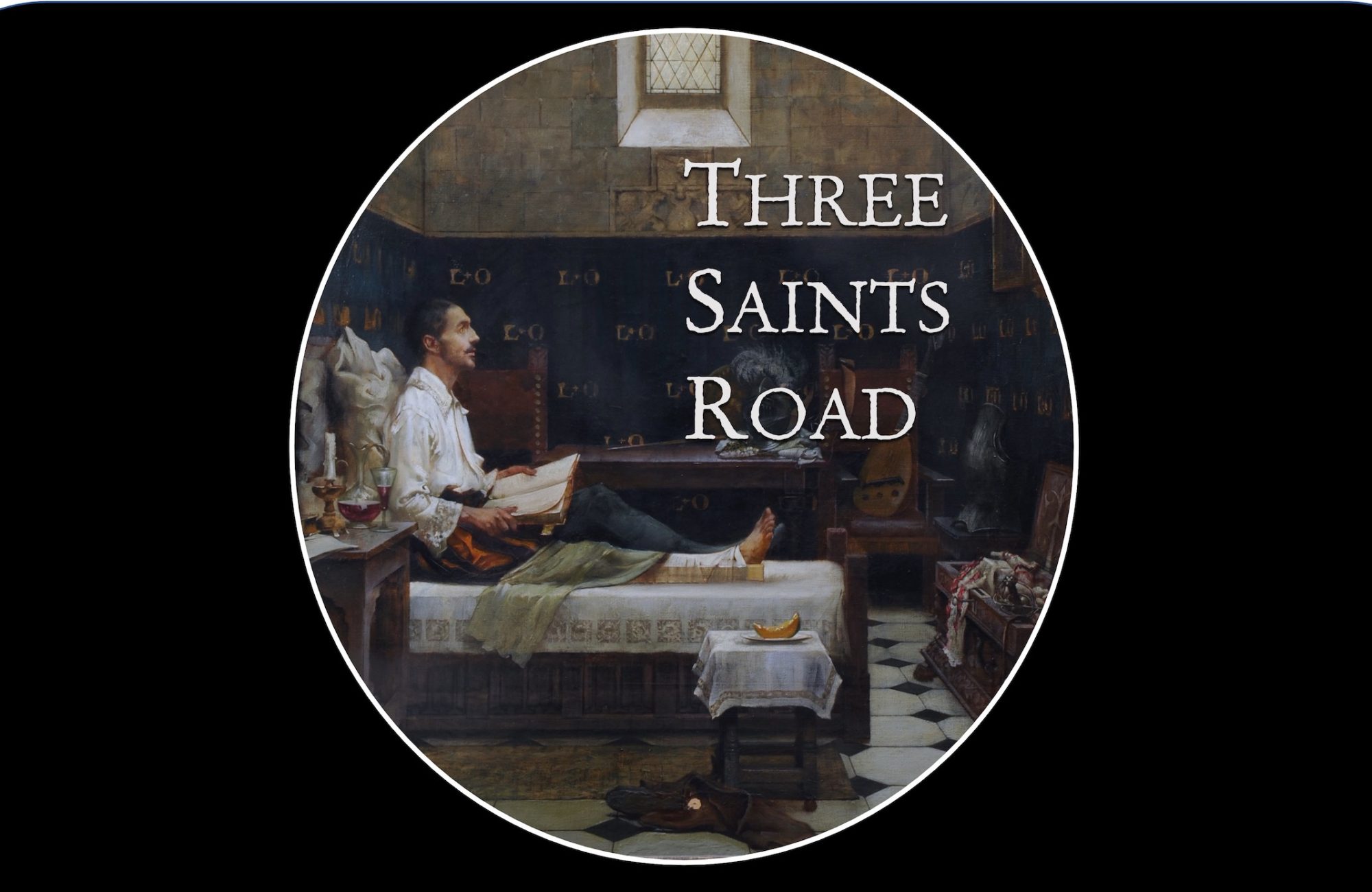When I was 18 my cousin Mike and I had plans to see every major league baseball stadium in America. There were 28 teams at the time – the Rockies and Marlins were added when I was a senior in college – and we were going to borrow a motor home and spend our summer driving across the country. We didn’t make the trip, of course, to my regret (another trip I regret not taking: floating, with my cousin Joey, the Walker River from its source in the Sierra Nevada Mountains to its terminus at the base of the Wassuk Range near Hawthorne, Nevada. Still time for that one).
Whatever stopped us? I don’t remember. I suspect money, bravery, lack of a motor home. Perhaps a girl or two. But I have, in those twenty years since 1989, slowly ticked America’s baseball stadiums off my list. I remember them all: the cavernous Metrodome, its awful gymnasium-feel compensated for by Raul Mondesi, cannon tattooed on his right arm, roving right field; Yankee Stadium, her welcoming denizens telling the Twins fans – a pastoral family of four – to “sit the f**k down you corn-eating f**cks,”; Turner Field in Atlanta where my friend Jeff and I were able to sell tickets for the seats next to us to two lovely coeds who later beat the snot out of us at pop-a-shot; Citizen’s Bank Park in Philadelphia against the rival Mets, the stadium electric everywhere except right next to me, my girlfriend at the time knowing this is it; the hallowed ground of Wrigley Field, in my outfield seats early enough to get a little buzz going and to cheer Sammy Sosa as he sprinted to centerfield and back, finding pure joy in the sunshine and ivied walls and camaraderie of the bleachers (the same fans would constantly remind Sammy – no brain surgeon – of how many outs there were).
Nothing reflects American cities, and her citizens, like a baseball stadium. The NFL may be the biggest money-maker, but the stadiums are generic affairs, interchangeable monstrosities housing interchangeable 120 x 53 yard fields treaded upon by superhumans unlike you and me and occupied, for most of the league’s cities, just eight days a year. Sometimes they host soccer games. Blech.
But baseball stadiums are different. They are personal, revered. They are America’s churches, our young nation’s versions of Westminster Abbey and the Arc de Triomphe and the Parthenon. Fenway Park in Boston was built in 1912, Wrigley in 1914. And it’s no coincidence all the new stadiums are built to look old, classic, rustic. Even the field dimensions are personal, and no two in America are the same. I have seen twenty-two of them since that failed summer plan, and because I have been blessed with canceled classes for the next four days, this week I will see three more as I visit five stadiums in five nights: Kansas City, St. Louis, Cincinnati, Chicago, and Des Moines (so it’s not a major league team, but it is between Chicago and home).


